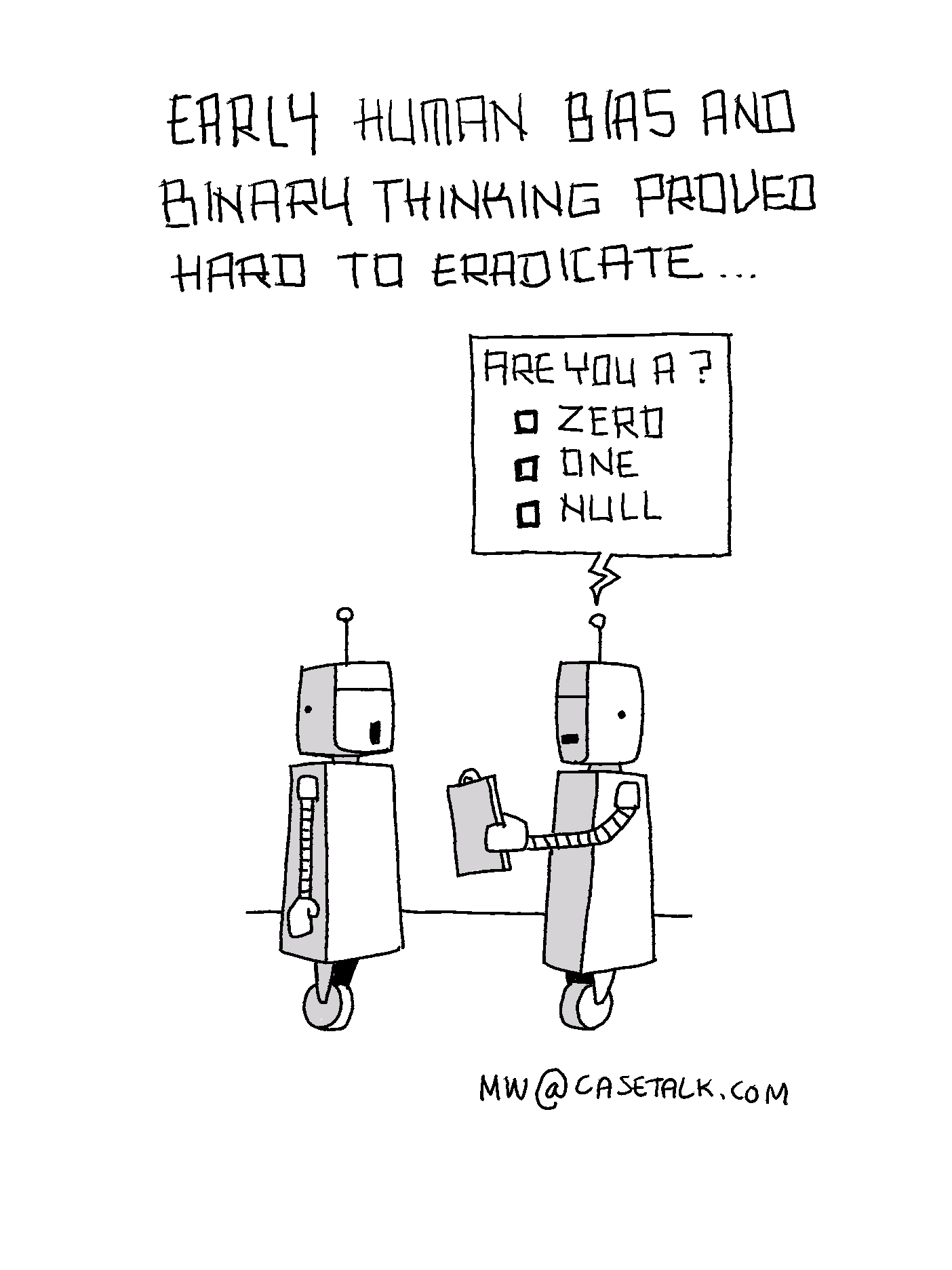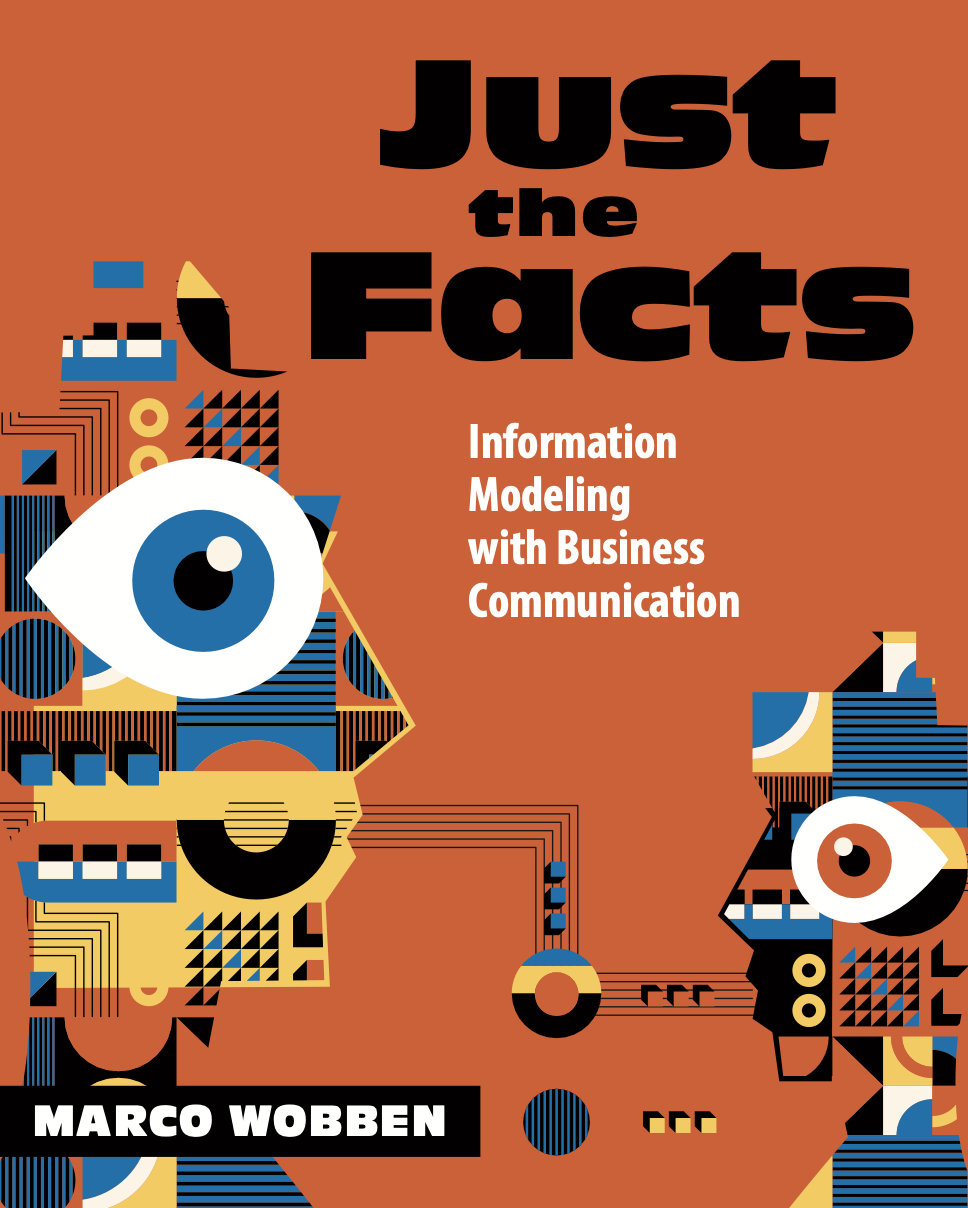"From a cultural and historical perspective, the gender binary is a relatively new concept. However, because of Judeo-Christian colonization, we think this binary has existed since the dawn of time. When missionaries landed around the globe and saw that a majority of indigenous cultures had three or more genders, they sought to extinguish these beliefs and practices."
By Dr. Laura McGuire in It’s Not in Your Head.
This influence is still seen in a lot of IT products, websites and contact forms. As an information specialist, parent of multiple kids of which some are gender-fluid, I have this itch: For business to communicate with their staff or customers, it is polite to address them in a way which is culturally appropriate. For a lot of automated emails and letters, we feel the need to open our writings with a greeting.
For a long time, IT built systems to generate leading texts like "Dear sir/madam <insert first name here>". Such texts are generated by software, and it needed to know how these persons are to be addressed, either "sir" or "madam". Traditionally, software therefore registered the data of these people, being either "Male" or "Female". And here's the binary problem, the software registered gender data.
History shows that this binary thinking never covered all people, in the current era of increasing awareness and privacy laws, there's no need to register binary genders, gender identity, sexual preferences, or anything else by biased viewpoints. What the business really wants to know, is this: How to address a person.
To really make it personal and friendly, we should not ask for gender anymore, we should really ask "How may we address you when we communicate with you?". Website contact forms with mandatory fields presenting binary options, may cost customers, and they might never return.
Thanks for your attention, and improving IT.
Marco Wobben.
Ps. For more on the interpretation of NULL, read this article by Lars Rönnbäck.

 This license allows reusers to copy and distribute the material in any medium or format in unadapted form only, for noncommercial purposes only, and only so long as attribution is given to the creator.
This license allows reusers to copy and distribute the material in any medium or format in unadapted form only, for noncommercial purposes only, and only so long as attribution is given to the creator.
CC BY-NC-ND includes the following elements:
- BY – Credit must be given to the creator
- NC – Only noncommercial uses of the work are permitted
- ND – No derivatives or adaptations of the work are permitted


